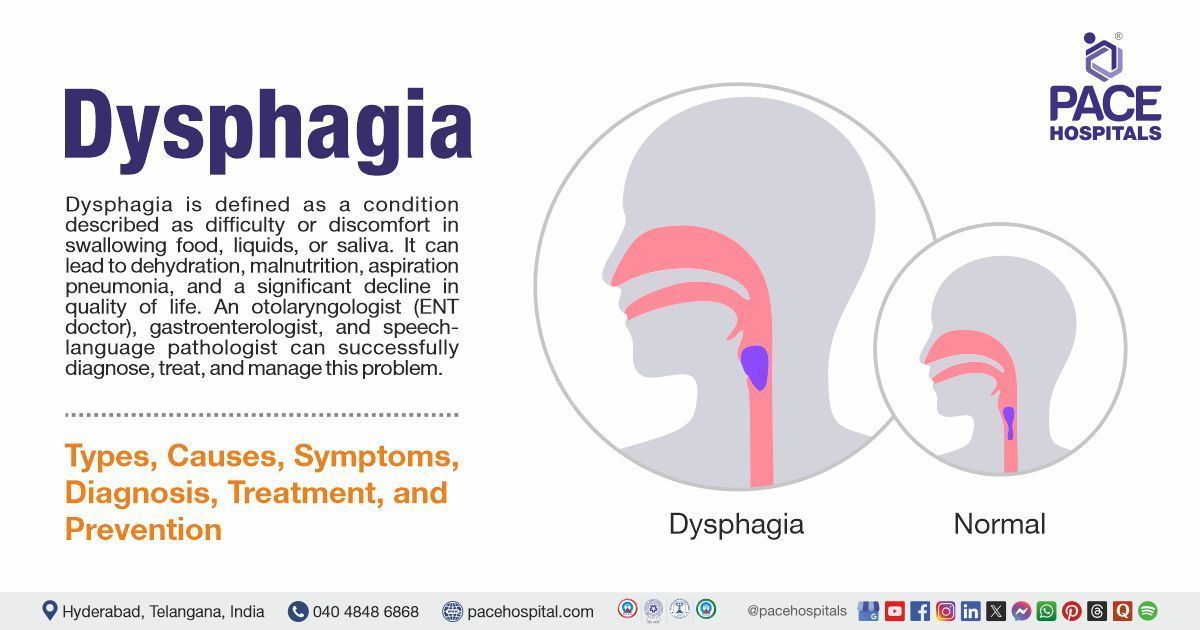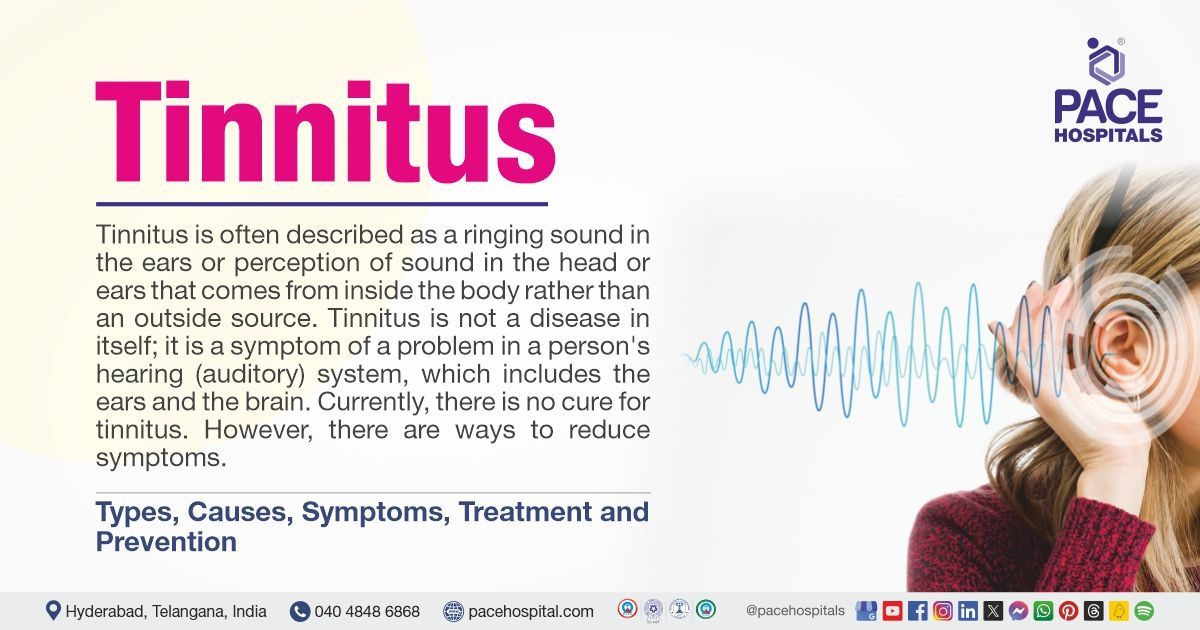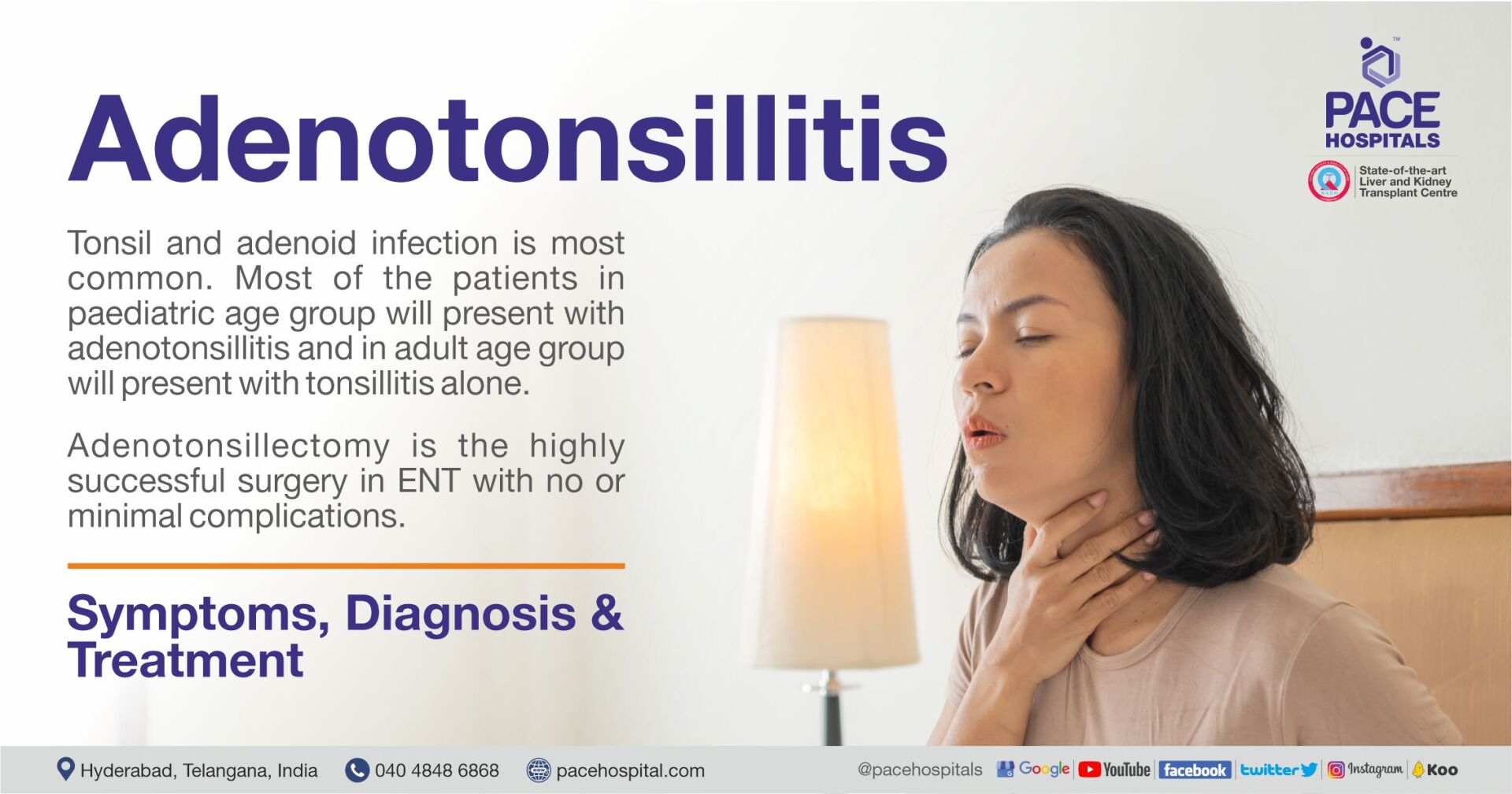Best ENT Hospital in Hyderabad for Advanced Ear, Nose & Throat Care
PACE Hospitals is recognized as the Best ENT Hospital in Hyderabad, Telangana, India, offering comprehensive care for a wide range of ear, nose, throat, head, and neck disorders in both adults and children. We specialize in treating conditions like chronic sinusitis, nasal polyps, hearing loss, ear infections, tonsillitis, vertigo, deviated nasal septum (DNS), voice disorders, and sleep apnea.
Our team of expert ENT surgeons and otolaryngologists provides advanced medical and surgical care using cutting-edge diagnostic tools such as nasal endoscopy, audiometry, tympanometry, and video laryngoscopy. Surgical services include endoscopic sinus surgery, septoplasty, microscopic ear surgery, adenoidectomy, and tonsillectomy, performed in modern, fully equipped operation theatres. With a patient-centric approach and a strong commitment to clinical excellence, PACE Hospitals stands out as one of the top ENT hospitals in Hyderabad, India, delivering world-class ENT care with compassion and precision.
Why Choose PACE Hospitals for Ear, Nose & Throat Treatment?
Comprehensive ENT Care for All Ear, Nose & Throat Conditions
Providing medical and surgical treatment for a wide range of ENT disorders including sinusitis, nasal polyps, tonsillitis, hearing loss, vertigo, voice disorders, and sleep apnea.
Advanced Endoscopic & Microscopic ENT Surgical Techniques
Equipped with modern diagnostic tools and surgical facilities for procedures like endoscopic sinus surgery, septoplasty, adenoidectomy, and microscopic ear surgery.
Best ENT Specialists & Surgeons in Hyderabad, India
Team of experienced ENT specialists and surgeons with expertise in treating complex ENT conditions for both adults and children using the latest clinical protocols.
Best Hospital for ENT (Ear, Nose & Throat) in Hyderabad, Telangana

At PACE Hospitals, we understand the importance of healthy ear, nose, and throat function in your overall well-being. As one of the best ENT hospitals in Hyderabad, Telangana, India, we are committed to delivering exceptional ENT care through expert-led treatments, advanced diagnostic technology, and patient-centric services.
Recognized among the top ENT specialist hospitals in Hyderabad, India our Department of ENT (Otorhinolaryngology) specializes in diagnosing and treating a wide range of ENT conditions—ranging from common infections to complex head and neck disorders—using minimally invasive and evidence-based approaches.
Our expert ENT specialists provide comprehensive treatment for:
✅ Sinus & Nasal Disorders – Chronic sinusitis, nasal polyps, deviated nasal septum (DNS), allergic rhinitis
✅ Ear Conditions – Hearing loss, ear infections, tinnitus, vertigo, and balance disorders
✅ Throat & Voice Issues – Tonsillitis, pharyngitis, hoarseness, vocal cord nodules, and swallowing disorders
✅ Sleep & Breathing Problems – Snoring, obstructive sleep apnea (OSA), and related airway concerns
✅ Head & Neck Disorders – Neck masses, thyroid-related ENT issues, salivary gland problems
✅ Pediatric ENT Care – Adenoid hypertrophy, tonsillitis, ear fluid, and congenital ENT anomalies
Whether you need medical treatment, endoscopic surgery, hearing evaluation, or emergency ENT care, PACE Hospitals is your trusted destination for comprehensive ENT care in Hyderabad, Telangana, India.
Comprehensive Diagnosis and Treatment of ENT Disorders
Struggling with chronic sinus problems, frequent ear infections, hearing loss, or throat-related issues such as tonsillitis, voice changes, or sleep apnea? Whether you're seeking treatment for nasal polyps, deviated nasal septum (DNS), vertigo, tinnitus, snoring, or complex ENT conditions, we offer evidence-based ENT solutions tailored to your needs. Our team of skilled and experienced ENT specialists and surgeons provides compassionate care for both adults and children through advanced diagnostics and minimally invasive surgeries.

EAR Conditions:
NOSE Conditions:
THROAT Conditions:
Other Conditions:
3,28,338
99,825
684
2011
ENT Specialist in Hyderabad, India | Best ENT Doctor in Madhapur
Dr. Mohana Jambula
MBBS, MS (ENT), DNB, MRCS - ENT (Edinburgh, UK)
ENT surgeon
Specialist In
- Ear Infections, Hearing Problems & Dizziness
- Nosebleeds, Allergies & Tinnitus
- Tonsillitis, Sleep Apnoea & Voice Disorders
- Swallowing Difficulties (Dysphagia)
- Fungal ENT Infections (e.g., Rhinomucormycosis)
- Nasal Tumours (e.g., Olfactory Neuroblastoma)
- Chronic Sinusitis, Nasal Polyps & Haemorrhagic Telangiectasia
- Cerebrospinal Fluid (CSF) Rhinorrhoea
- Complex Rhinology and Allergy-Related ENT Conditions
Surgical Expertise
- Endoscopic Sinus and Anterior Skull Base Surgeries
- Full House Functional Endoscopic Sinus Surgery (FESS)
- Skull Base Resections
- Maxillectomy & Orbital Exenteration
- Thyroidectomy & Parotidectomy
- Submandibular Gland Excision
- Laser Cordectomy
Consultation Details
Language:
English, Hindi, Telugu
Timing:
Mon to Sat - 10AM to 7PM
Location:
PACE Hospitals, HITEC City
Advanced ENT Surgical Procedures
- Coblation tonsillectomy
- Coblation adenoidectomy
- Tongue tie release
- Ranula excision
- Micro laryngeal surgery
- Micro larynx surgery
- Surgical treatment of snoring and obstructive sleep apnea syndrome
- Septoplasty
- Septorhinoplasty
- Turbinectomy
- Turbinate reduction surgery
- Sinus surgery
- Sinusotomy
- Balloon sinuplasty
- Endoscopic DCR
- Rhinoplasty
- Nasal bone fracture reduction
- Myringoplasty
- Myringotomy and grommet insertion
- Myringotomy and tympanotomy
- Mastoidectomy / Mastoid exploration
- Ear lobule repair
- Stapes surgery
- Ossiculoplasty
- Thyroid surgery
- Parotidectomy
- Diagnosis and treatment for head and neck conditions
Request an appointment
Frequently Asked Questions (FAQs) – ENT Department
What conditions does an ENT specialist treat?
Describe the item or answer the question so that site visitors who are interested get more information. You can emphasize this text with bullets, italics or bold, and add links.When should I see an ENT doctor?
You should see an ENT doctor if you experience persistent sinus congestion, ongoing ear pain, difficulty hearing, frequent sore throats, changes in your voice, or issues with snoring.
Do ENT doctors treat vertigo and dizziness?
Yes, ENT specialists are trained to evaluate and treat conditions related to balance, such as vertigo, which can be caused by inner ear disorders like vestibular neuritis or Benign Paroxysmal Positional Vertigo (BPPV).
Is endoscopic sinus surgery painful?
Endoscopic sinus surgery is typically performed under general anesthesia and uses minimally invasive techniques. Patients generally report only mild discomfort during the recovery period, which is usually quite fast.
What tests are done to diagnose ENT problems?
Diagnosis may involve various tests depending on the suspected issue, such as nasal endoscopy, audiometry (hearing test), tympanometry (test of middle ear function), video laryngoscopy (examination of the voice box), CT scans of the sinuses, and allergy testing.
Can children visit the ENT department at PACE Hospitals?
Absolutely, PACE Hospitals has specialized pediatric ENT doctors who treat children for common issues like tonsillitis, ear infections, adenoid problems, speech difficulties, and nasal blockages.
Does PACE Hospitals provide treatment for sleep apnea?
Yes, we offer comprehensive evaluation and treatment services for snoring and sleep apnea, including options like CPAP therapy, lifestyle recommendations, and surgical interventions if necessary.
Are ENT surgeries covered by insurance?
Most standard ENT surgical procedures, such as septoplasty, tonsillectomy, adenoidectomy, and various sinus surgeries, are typically covered by health insurance plans. Our team can assist you with cashless claims processing.
Is emergency ENT care available at PACE Hospitals?
Yes, we provide round-the-clock (24/7) emergency ENT services for urgent conditions such as severe nosebleeds, sudden loss of hearing, acute ear pain, throat abscesses, and ENT injuries resulting from trauma.
How do I book an appointment with an ENT specialist at PACE Hospitals?
Appointments can be booked conveniently online through our official website, or you can contact the hospital directly by phone 04048486868 or via WhatsApp +918977889778 to arrange a consultation with one of our ENT doctors.
Patient Education and Health Blogs

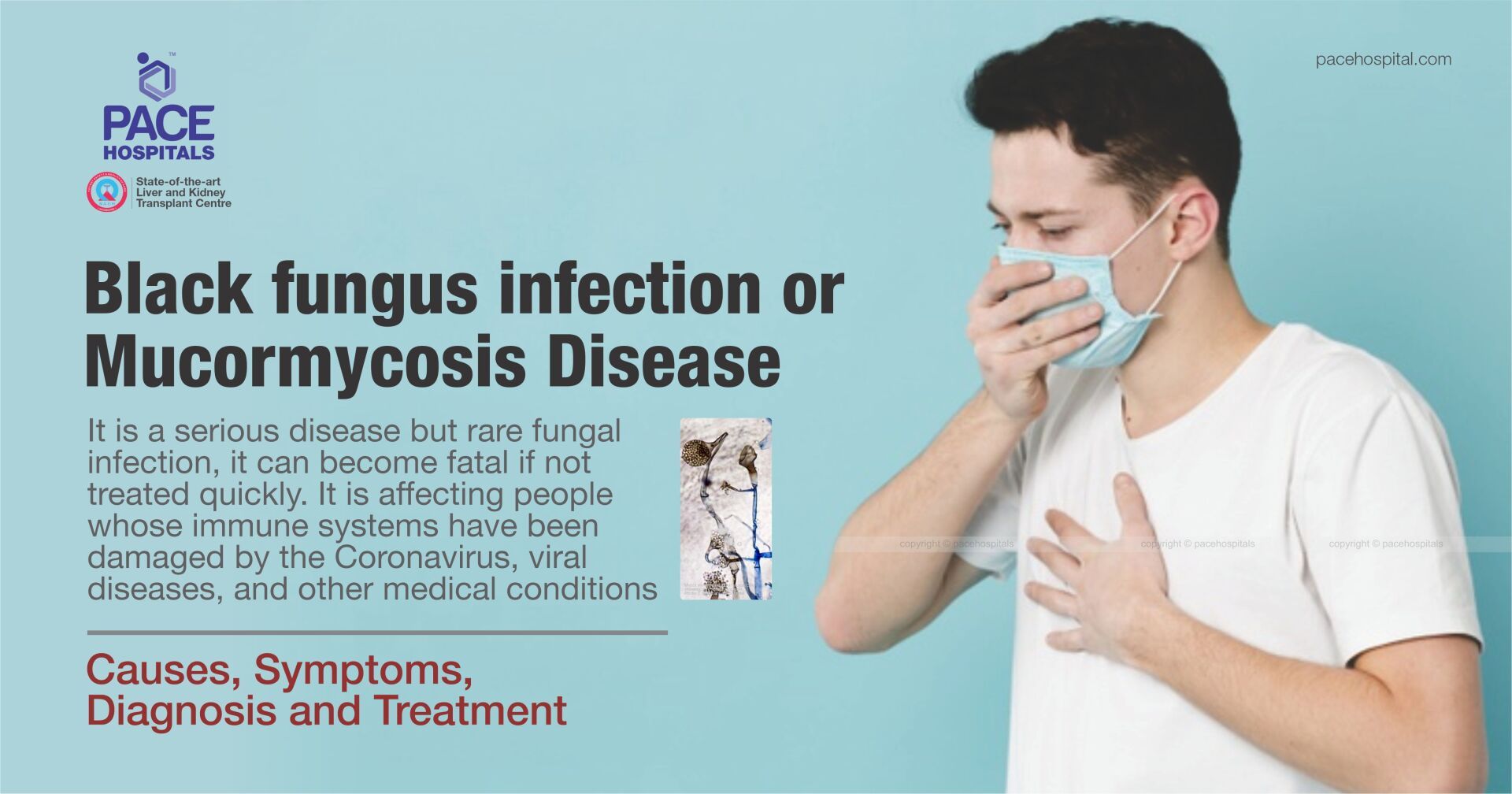
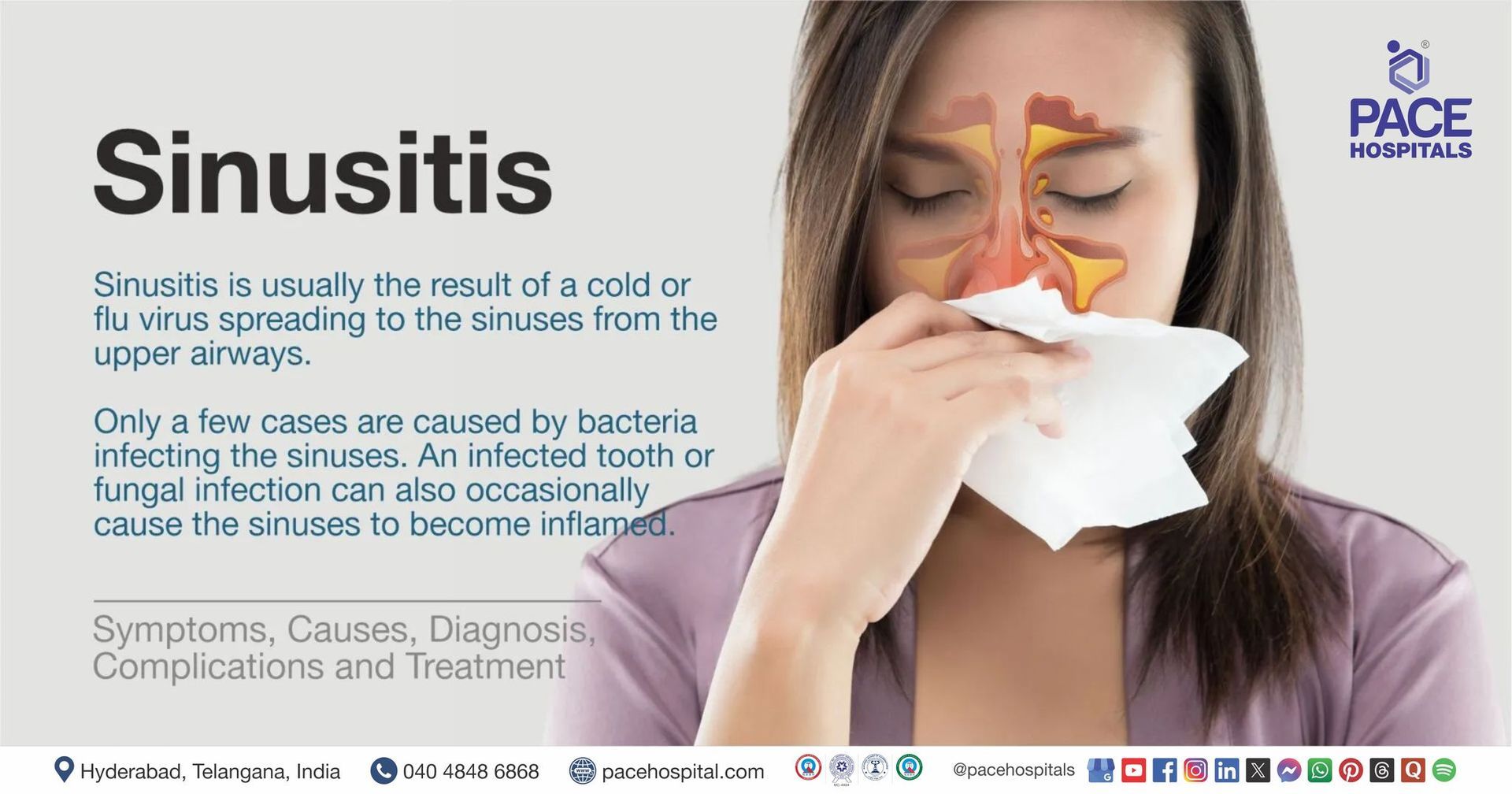
Why choose PACE Hospitals?
- A Multi-Super Speciality Hospital.
- NABH, NABL, NBE & NABH - Nursing Excellence accreditation.
- State-of-the-art Liver and Kidney transplant centre.
- Empanelled with all TPAs for smooth cashless benefits.
- Centralized HIMS (Hospital Information System).
- Computerized health records available via website.
- Minimum waiting time for Inpatient and Outpatient.
- Round-the-clock guidance from highly qualified super specialist doctors, surgeons and physicians.
- Standardization of ethical medical care.
- 24X7 Outpatient & Inpatient Pharmacy Services.
- State-of-the-art operation theaters.
- Intensive Care Units (Surgical and Medical) with ISO-9001 accreditation.


